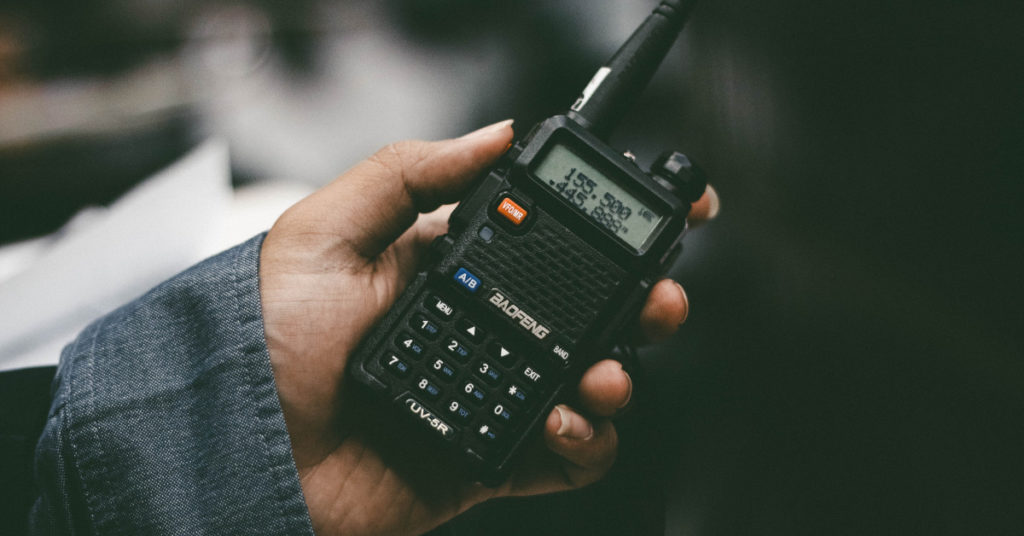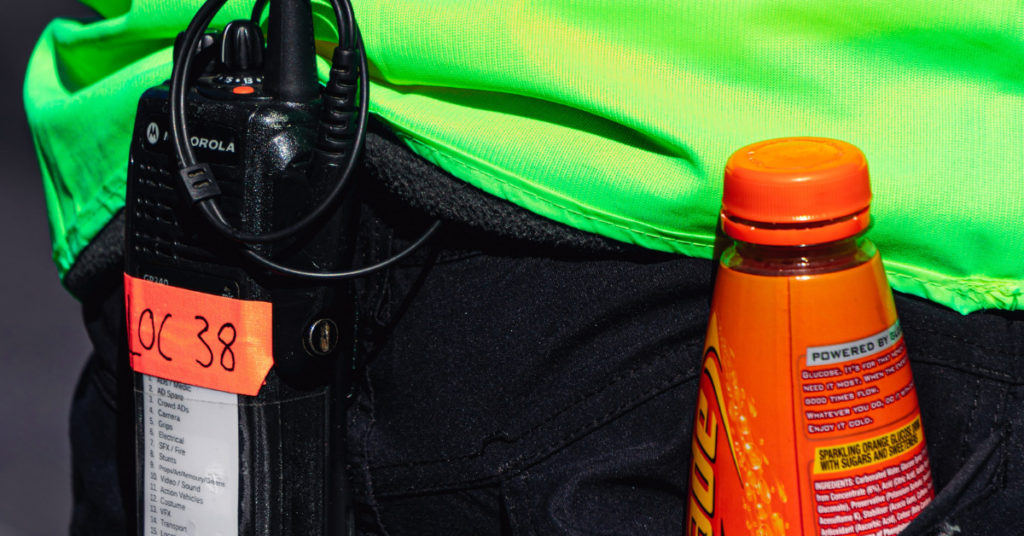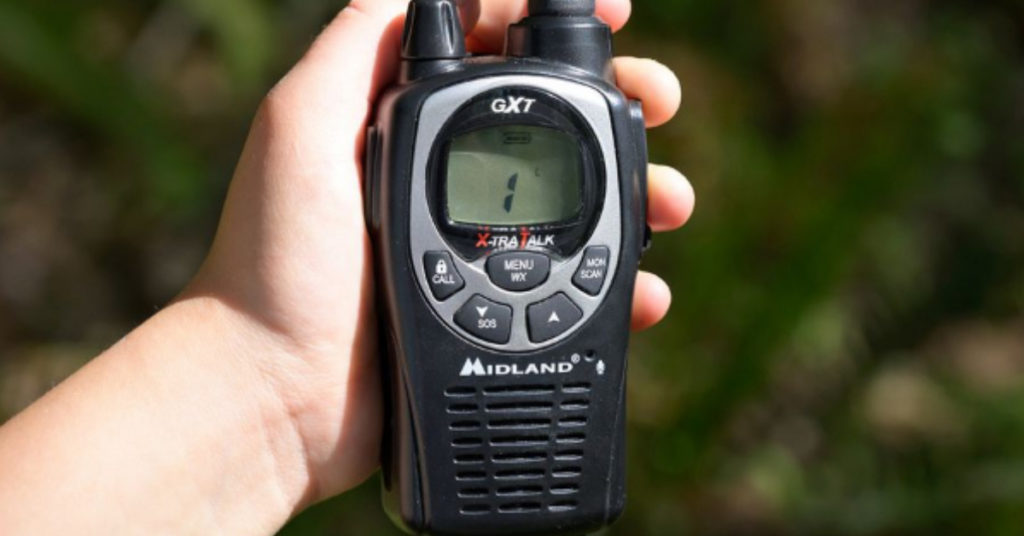Last updated on October 18th, 2022 at 07:47 am
How To Build Your Own Walkie Talkie? This tutorial shows you how to build a walkie-talkie, step by step. You can learn how to use transistors, and transducers, and even how to use your Arduino to program your walkie-talkie. Read more here.
Walkie-talkies are a great tool for communication, both personal and business. They are compact, easy to use, and perfect for a range of applications including construction. They come in handy in places where mobile and landline phones aren’t allowed or are not that reliable.
However, the downside of walkie-talkies is that their range isn’t that great so you have to be near communication. This blog looks at how to build a walkie-talkie that will allow you to communicate even over a greater distance, without the need for a telephone or mobile connection.
What is a walkie talkie?
To understand the walkie-talkie, we have to go back to the first development of the radio. The first radio signals were sent by Guglielmo Marconi in 1895. However, the walkie-talkie was invented by Donald Hings in 1937.
The owner of the factory that Hings worked in, was looking for a way to communicate with his employees in the field. Things came up with the idea for a portable two-way radio. He had a radio manufacturer come to his office to discuss his ideas.

The radio manufacturer encouraged Hings to create a model, so he could be the first to bring the device to the public. Things did just that, and the walkie-talkie was born.
A walkie-talkie, also known as a handheld transceiver, two-way radio, or even just a “handie-talkie” is a quick and handy way to communicate with people over short distances. It operates on several different frequencies and is relatively easy to use and maintain.
A walkie-talkie works through the use of radio waves – little pulses of energy that travel through the air at the speed of light. These waves are regulated by the government and each one has a specific frequency.
The Federal Communications Commission (FCC) is the government agency that regulates the spectrum and controls who may use which frequency. To listen to a walkie-talkie, you will need a separate radio with a speaker and a pair of earphones. You can also connect a walkie-talkie to the radio and have a two-way conversation.
AM/FM vs. a CB Radio
CB radios are voice communication devices that are used for two-way communication over short distances. They are different from AM, FM, and shortwave bands. Before CB radios, people used walkie-talkies and landlines for communication.
However, CBS provides better coverage and sound quality. They can also be used for communication over long distances. The use of CB radios was widespread during the 60s and 70s. However, the introduction of cell phones and the internet has made these radios obsolete. However, there are still a few people who still use CB radios.

What is a CB Radio?
A CB or Citizen’s Band is a short-range radio communication device for personal use. It uses 40 channels within the 27 MHz (11 meters) band. It is a very useful tool for communication and coordination during a disaster, such as a severe snowstorm or a tornado.
First, a CB radio allows you to stay in contact with your family members and other people in the area who have a CB radio. You can also chat with other people who have CB radios on the other side of the country if you want to (but be sure to stay aware of the time zones and the day of the week).
Second, the CB radio is a great way to find out what’s happening around you. The local fire department, police, ambulance, and other emergency vehicles use CB radios. You can listen in on their communication and learn what you need to do to stay safe.
The different types of CB radio
A CB radio is a short-distance radio which uses a VHF radio band. This radio band is commonly known as the Citizens’ Band. The CB radio is essentially a walkie-talkie meant for people to communicate on highways, canals, railroads, etc.
CB radio came into existence in the 1940s and was introduced to the public in 1946. It was invented by a man named Al Gross, who also made the first CB radio. These radios were originally meant to be used on short business trips, or during leisure journeys.
CB radios can also be used at home and in vehicles. They were installed and used in cars to track the location of trucks and taxis in the 1950s. In the 1960s, most of the public used these radios to converse with each other, especially truck drivers.
But with the introduction of cell phones and HAM radios, the usage of these radios has dropped by a lot. The only place where you can still find regular CB use is in the US Army.
Walkie talkies and CB radios VS Ham Radio
Ham radios are much more advanced than walkie-talkies and CB radios. Ham radios are used in long-distance communications and are based on a friend-to-friend network. It is cheaper to be a ham radio operator than a CB radio or walkie-talkie hobbyist.
People who are licensed to use ham radios are called “hams”. To become a ham, you need a license from the FCC. The license examinations are administered by volunteer examiners in the local areas. Getting your license is not easy.

First, you have to pass a series of tests. Once you pass, you’re given an operator’s license. The license has a unique call sign. Each ham has a call sign. These are used to identify you on the network.
There are three classes of license. Each class has different frequencies allocated to it. The classes are Technician, General, and Extra.
A guide on how to build your walkie talkie
A walkie-talkie is a portable, hand-held radio transceiver. The user can hold a walkie-talkie in one hand and speak into it, and the sound is transmitted to another walkie-talkie. The transceiver contains two “receivers” and a “transmitter”, which is a radio.
The receivers convert the sound into electrical signals and pass the signals to the transmitter. The transmitter sends the electrical signals through the antenna to the other walkie-talkie. The other walkie-talkie converts the electrical signals back into sound, which is heard by the person holding it.
A walkie-talkie can transmit over long distances and can be used to communicate over long distances in many different situations, such as police work, military work, fire fighting, search and rescue, and so on.
Input Audio
The first section of the walkie-talkie is the audio input. Users usually provide feedback here. In other words, the microphone converts sound from the user into electrical signals. However, the signal it produces may not be strong enough. For this reason, you can boost the audio signals with an audio amplifier.

The amplified output will then pass through C5’s coupling capacitor when that occurs. DC elements will therefore be removed from the amplified signal. The signal will only contain AC elements. A push button will control the signal.
Mixer
Using a mixer is the idea of modulating the amplified sound. By doing so, a higher frequency signal can travel through the air. Without modulation, wireless transmission would not be possible.
Therefore, the amplified signal will be sent to the Mixer IC SA612AN. And the mixer must be connected to the 8MHz crystal oscillator. How come? An 8MHz carrier signal is amplified by the mixer using a crystal oscillator.
the input of the RF
Your transmitted signal will be boosted as soon as it passes through the NE5534 amplifier. Nevertheless, any signal subjected to transmission tends to lose strength over time. In this regard, the NE5534 amplifies the signal at the end of the receiver, so that it can be heard clearly.
As a result, the boosted signal is routed to the same mixer. However, this time the signal is demodulated.
The Receiver
You should use the Antenna ANT1 if you intend to receive a signal from your walkie-talkie. You can also transmit voice messages with this antenna. As a result, the audio is routed to the RF input section of the circuit when it is received by the antenna.
RF Output
Upon reaching the output stage amplifier, the mixer signal continues to travel. The LM386 can be used to build this amplifier. Next, the LM386 output speaker receives the audio signal after it is amplified. So, you can easily hear the message transmitted from the other end of the walkie-talkie.
Using the Button
Building a walkie-talkie is impossible without the DPDT button. The circuit functions as a transmitter or receiver depending on where the button is positioned. Essentially, the button receives its input from the RF input section.
A guide on how to build your own CB radio
Before you can start building a CB radio, you need to get familiar with the basics. The most important thing is to get familiarized with the frequency range (47-54 MHz) and its 10 channels. Although it is not very difficult, you might get confused if you are new to these.
CB radio is an unofficial device. They are not the same as ham radios, which are highly regulated. CB radios can be bought from any retail store. The frequency range is divided into 3 bands, low, mid, and high-frequency ranges.
